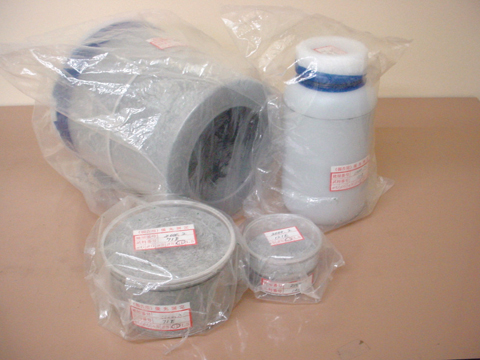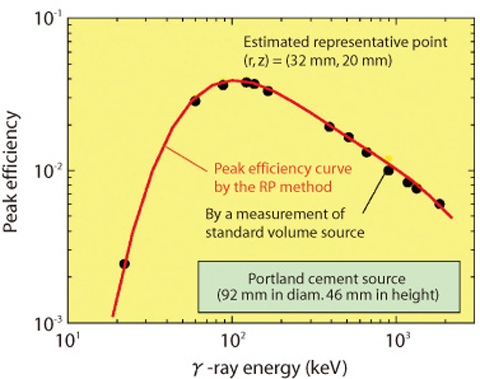
Fig.12-1 Standard volume sources of various shapes

Fig.12-2 Positional relationship among a volume sample, a detector, and the representative point

Fig.12-3 Comparison of the peak-efficiency curves obtained by the RP method and by the actual measurement of the standard volume source
It is one of the most important tasks in radiation control to measure radioactivity in the environmental samples precisely and promptly. Additionally, with the rapid and widespread use of accelerators in these days, there arises an urgent need to estimate the induced radioactivity in activated samples of various shapes and materials (Fig.12-1). The radioactivity measurements for this purpose are usually performed by the γ-ray spectrometry method. In order to quantify the radioactivity, the efficiency calibration, viz. determination of the peak-efficiency curves (PECs), must be achieved for various combinations of sample and detector.
We have developed a novel method, we call the Representative Point calibration method (RP method) for quantifying radioactivity in volume samples based on both the experimental measurement and the calculations. The RP method is made up of the following two steps; (1) calculations to find the position of the RP which is intrinsic to each shape of volume sample, and (2) single point calibration at the RP using a standard point radiation source. In (1), PECs at multiple points around a detector are calculated by means of a Monte Carlo γ-ray transport code and a data interpolation algorithm giving the spatial relation among the efficiency values. Among the multiple PECs, the optimal position (the RP, Fig.12-2) is selected. The single point calibration at the RP gives a comparable efficiency curve with that of the volume sample measured. However, the measured PEC at the RP does not reflect the effect of self-absorption by the sample material and a sample container. In the procedure (2), this effect is corrected by multiplying the measured efficiency curve at the RP by the self-absorption correction factors calculated with the Monte Carlo code, and consequently the desired PEC can be obtained.
Fig.12-3 shows a comparison of two PECs for a cylindrical standard volume source made of Portland cement. One was obtained by the RP method and the other by direct measurement of the standard volume source. In addition to this example, effectiveness of the RP method was verified for various volume samples, and it was found that the method can give reliable PECs in the γ-ray energy range between 20 keV and 2 MeV, with the accuracy required for practical radiation control.
One of the significant merits of the RP method is that both the position of the RP and the self-absorption correction factor remain nearly unaffected by detailed parameters inside a detector. This enables us to conduct reliable efficiency calibration even if there are ambiguities in geometrical conditions, in particular regarding the dead layer of the crystal, and the distribution of charge collection efficiency inside the detector, both of which are usually hard to determine.
Because this method does not need the standard volume sources, it contributes to reduce radioactive wastes, as well as the costs for the efficiency calibrations. It should be useful in establishing a system to measure radioactivity promptly, precisely and nondestructively for a broad range of volume samples.
<Previous: 12 Development of Experimental Techniques/Facilities at JAEA R&D Centers | Next: 12-2 >